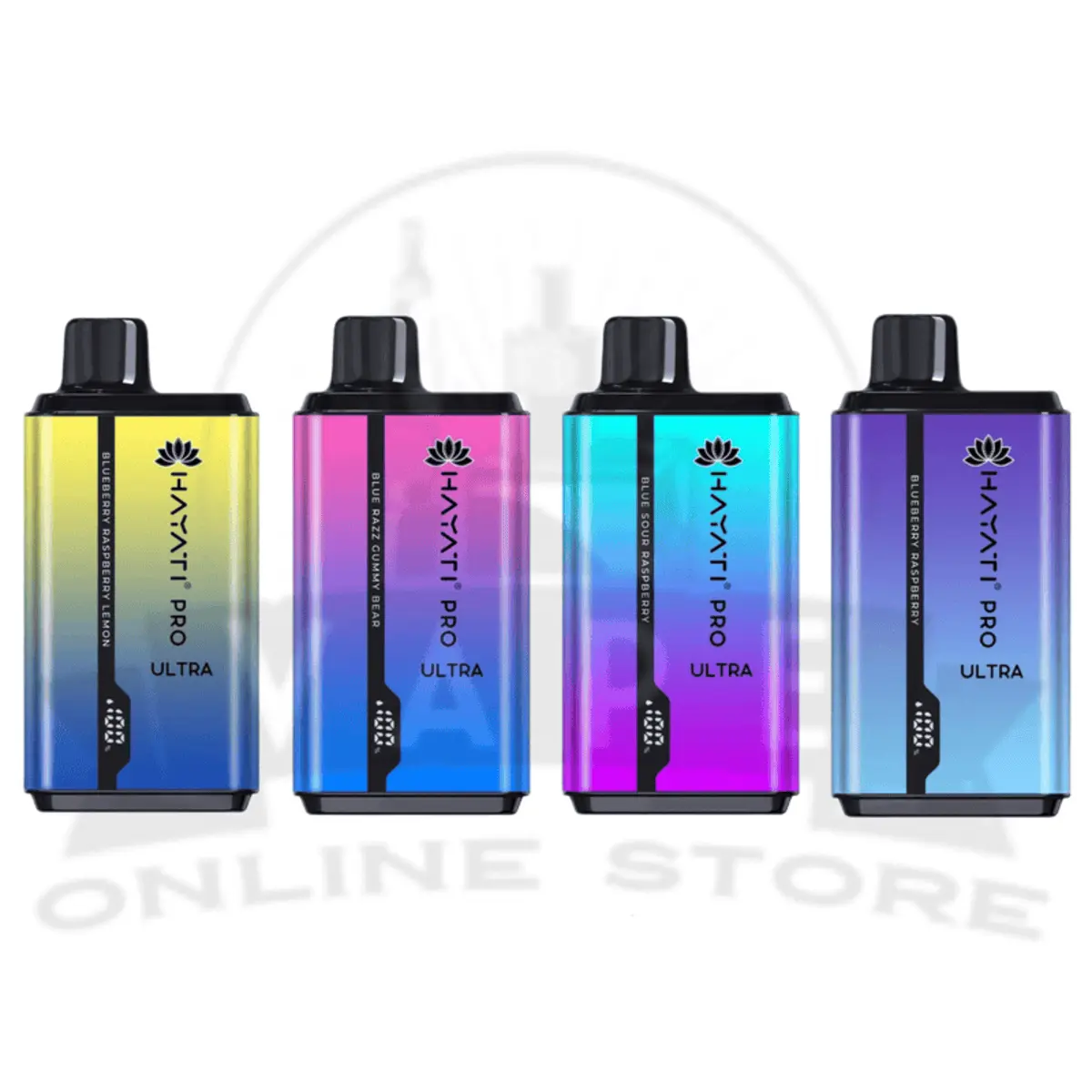Green Lipped Mussel Supplements for Dogs: Top Picks
Dogs are more than pets—they're part of the family. So, when joint pain or stiffness starts affecting their mobility, it’s only natural to look for natural, effective solutions. One supplement that’s gaining popularity among pet parents and veterinarians alike is the green lipped mussel. In this article, we’ll explore the benefits of this powerhouse ingredient, what to look for in a supplement, and our top picks for the best green lipped mussel supplement for dogs.
Click Here:
https://puppadogs.com/best-green-lipped-mussel-supplement-for-dogs
What Are Green Lipped Mussels?
Green lipped mussels (Perna canaliculus) are native to the waters of New Zealand. Rich in omega-3 fatty acids, glucosamine, chondroitin, and antioxidants, these mussels are renowned for their ability to support joint health, reduce inflammation, and improve mobility in dogs—especially aging pets or those suffering from arthritis.
Unlike synthetic medications, green lipped mussel supplements are all-natural and typically come with fewer side effects.
Key Benefits of Green Lipped Mussel Supplements for Dogs
Here’s why green lipped mussels are a game-changer for canine health:
🦴 Joint Support & Pain Relief
Packed with natural glucosamine and chondroitin, green lipped mussels help rebuild cartilage and lubricate joints. This makes them ideal for senior dogs or breeds prone to hip dysplasia and arthritis.
🐾 Anti-Inflammatory Properties
The high levels of omega-3 fatty acids, including EPA and DHA, act as powerful anti-inflammatories. This helps reduce stiffness, swelling, and discomfort in dogs with chronic joint issues.
🧠 Cognitive and Heart Health
These mussels aren’t just for joints—they also support heart function and brain health, thanks to their rich omega content.
🍃 Natural and Safe
Many pet owners prefer green lipped mussel supplements over NSAIDs, as they are gentler on the stomach and less likely to cause long-term side effects.
Choosing the Best Green Lipped Mussel Supplement for Dogs
Not all supplements are created equal. Here’s what to keep in mind when shopping for the best one:
✅ Purity and Source
Look for products that use 100% pure, sustainably sourced green lipped mussel from New Zealand. This ensures potency and traceability.
✅ Additional Ingredients
Some supplements combine green lipped mussel with other joint-supportive ingredients like MSM, turmeric, or hyaluronic acid. These combos can enhance the overall effectiveness.
✅ Format and Flavor
Supplements come in various forms—powders, chews, capsules, and liquids. Choose one that fits your dog’s preference. Flavored soft chews are usually a hit with picky eaters.
✅ Third-Party Testing
Always choose a brand that is transparent about its manufacturing process and uses third-party lab testing for quality assurance.
Our Top Picks for 2025
Here are some of the best green lipped mussel supplements for dogs that meet high standards in quality, effectiveness, and safety:
PuppaFlex GLM+ Joint Chews
✅ Vet-formulated
✅ Includes MSM and turmeric
✅ Made in the USA
PureNZ Mussel Powder for Dogs
✅ 100% pure New Zealand green lipped mussel
✅ Great for mixing into food
✅ Ideal for dogs with sensitive stomachs
Mobility Maxx Advanced Soft Chews
✅ Combines green lipped mussel with hyaluronic acid
✅ Tasty bacon flavor
✅ Good for large breed dogs
Check out our full review and comparison guide on the best green lipped mussel supplement for dogs for a more detailed breakdown.
How to Use Green Lipped Mussel Supplements
Most dogs respond well to a daily dose mixed in their food or given as a treat. It typically takes 2 to 4 weeks to notice significant improvements in mobility, activity levels, and pain reduction.
Recommended Dosage (general guideline):
Small dogs (under 25 lbs): 150–300 mg/day
Medium dogs (25–50 lbs): 300–600 mg/day
Large dogs (50+ lbs): 600–1200 mg/day
Always consult your vet before starting any supplement regimen, especially if your dog is on medication.
Are There Any Side Effects?
Green lipped mussel is generally well-tolerated, but in rare cases, dogs may experience:
Mild digestive upset (especially when first introduced)
Allergic reactions in dogs with shellfish sensitivities
Start with a smaller dose and gradually increase to the recommended amount to minimize side effects.
Final Thoughts
Whether your dog is slowing down due to age or has been diagnosed with a joint condition, adding a high-quality green lipped mussel supplement can significantly improve their quality of life. Natural, nutrient-rich, and highly effective, it’s one of the best holistic options available for long-term joint support.
Explore our full guide to the best green lipped mussel supplement for dogs to find the perfect fit for your pup’s needs.
For more pet wellness tips and trusted product reviews, visit our
https://puppadogs.com. 🐶
Green Lipped Mussel Supplements for Dogs: Top Picks
Dogs are more than pets—they're part of the family. So, when joint pain or stiffness starts affecting their mobility, it’s only natural to look for natural, effective solutions. One supplement that’s gaining popularity among pet parents and veterinarians alike is the green lipped mussel. In this article, we’ll explore the benefits of this powerhouse ingredient, what to look for in a supplement, and our top picks for the best green lipped mussel supplement for dogs.
Click Here: https://puppadogs.com/best-green-lipped-mussel-supplement-for-dogs
What Are Green Lipped Mussels?
Green lipped mussels (Perna canaliculus) are native to the waters of New Zealand. Rich in omega-3 fatty acids, glucosamine, chondroitin, and antioxidants, these mussels are renowned for their ability to support joint health, reduce inflammation, and improve mobility in dogs—especially aging pets or those suffering from arthritis.
Unlike synthetic medications, green lipped mussel supplements are all-natural and typically come with fewer side effects.
Key Benefits of Green Lipped Mussel Supplements for Dogs
Here’s why green lipped mussels are a game-changer for canine health:
🦴 Joint Support & Pain Relief
Packed with natural glucosamine and chondroitin, green lipped mussels help rebuild cartilage and lubricate joints. This makes them ideal for senior dogs or breeds prone to hip dysplasia and arthritis.
🐾 Anti-Inflammatory Properties
The high levels of omega-3 fatty acids, including EPA and DHA, act as powerful anti-inflammatories. This helps reduce stiffness, swelling, and discomfort in dogs with chronic joint issues.
🧠 Cognitive and Heart Health
These mussels aren’t just for joints—they also support heart function and brain health, thanks to their rich omega content.
🍃 Natural and Safe
Many pet owners prefer green lipped mussel supplements over NSAIDs, as they are gentler on the stomach and less likely to cause long-term side effects.
Choosing the Best Green Lipped Mussel Supplement for Dogs
Not all supplements are created equal. Here’s what to keep in mind when shopping for the best one:
✅ Purity and Source
Look for products that use 100% pure, sustainably sourced green lipped mussel from New Zealand. This ensures potency and traceability.
✅ Additional Ingredients
Some supplements combine green lipped mussel with other joint-supportive ingredients like MSM, turmeric, or hyaluronic acid. These combos can enhance the overall effectiveness.
✅ Format and Flavor
Supplements come in various forms—powders, chews, capsules, and liquids. Choose one that fits your dog’s preference. Flavored soft chews are usually a hit with picky eaters.
✅ Third-Party Testing
Always choose a brand that is transparent about its manufacturing process and uses third-party lab testing for quality assurance.
Our Top Picks for 2025
Here are some of the best green lipped mussel supplements for dogs that meet high standards in quality, effectiveness, and safety:
PuppaFlex GLM+ Joint Chews
✅ Vet-formulated
✅ Includes MSM and turmeric
✅ Made in the USA
PureNZ Mussel Powder for Dogs
✅ 100% pure New Zealand green lipped mussel
✅ Great for mixing into food
✅ Ideal for dogs with sensitive stomachs
Mobility Maxx Advanced Soft Chews
✅ Combines green lipped mussel with hyaluronic acid
✅ Tasty bacon flavor
✅ Good for large breed dogs
Check out our full review and comparison guide on the best green lipped mussel supplement for dogs for a more detailed breakdown.
How to Use Green Lipped Mussel Supplements
Most dogs respond well to a daily dose mixed in their food or given as a treat. It typically takes 2 to 4 weeks to notice significant improvements in mobility, activity levels, and pain reduction.
Recommended Dosage (general guideline):
Small dogs (under 25 lbs): 150–300 mg/day
Medium dogs (25–50 lbs): 300–600 mg/day
Large dogs (50+ lbs): 600–1200 mg/day
Always consult your vet before starting any supplement regimen, especially if your dog is on medication.
Are There Any Side Effects?
Green lipped mussel is generally well-tolerated, but in rare cases, dogs may experience:
Mild digestive upset (especially when first introduced)
Allergic reactions in dogs with shellfish sensitivities
Start with a smaller dose and gradually increase to the recommended amount to minimize side effects.
Final Thoughts
Whether your dog is slowing down due to age or has been diagnosed with a joint condition, adding a high-quality green lipped mussel supplement can significantly improve their quality of life. Natural, nutrient-rich, and highly effective, it’s one of the best holistic options available for long-term joint support.
Explore our full guide to the best green lipped mussel supplement for dogs to find the perfect fit for your pup’s needs.
For more pet wellness tips and trusted product reviews, visit our https://puppadogs.com. 🐶









